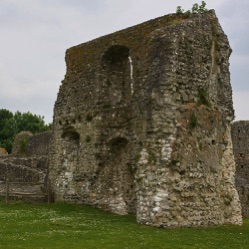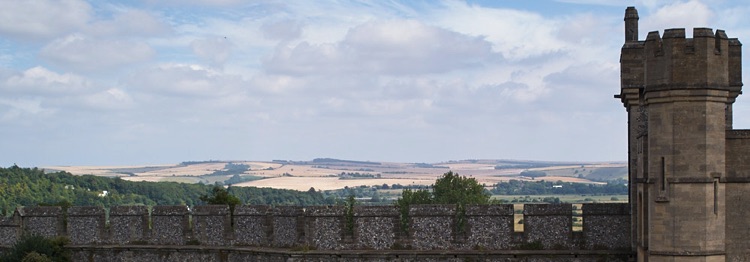
Highlights
Ruined 11th century Cluniac priory
Chapel, dorter and reredorter walls still remain
Recreated medieval herb garden
Lewes castle and museum only a 7-8 minute walk away
Visitor Information
Open to public year round
Parking in Mountfield road car park, a 3 minute walk
Refreshments, giftshops and bathrooms in town
History
St Pancras priory, Lewes was founded in 1077 by William de Warenne and his wife Gundrada. William and Gundrada favored the more austere worship practiced at Cluny and founded the first Cluniac priory in England. The priory was initially settled with monks and from Cluny, as was the first prior Lanzo. Although the distance between the two priories meant that Lewes was never fully subordinate to Cluny.
William de Warenne settled Much land on the priory. The initial charter was ratified by King William I. The priory was granted Waltham manor and a number of local churches including Iford, Moulescoomb and Newhaven. After William de Warenne’s death in 1088, his son granted more land. The priory was also granted land in Pevensey bay, but some of this land was lost in the great storms of the early thirteenth century. Battle abbey had also lost land in the storms and the abbot of Battle Joined the prior of Lewes in complaining to the King that the Pevensey sea defenses were inadequate.
Gundrada died in 1085 and William in 1088, both were buried in the priory. Detail from Gundrada’s tomb slab is shown right. At its peak in the middle of thirteenth century there were over 100 monks at their priory and the priory had six subordinate houses. Unfortunately in later years there was mismanagement of the priories properties. First by Milo de Columbiers and then by John of Avignon. By 1279 there were only 39 monks. With further depletion with the Black Death there was only 24 monks by the dissolution.
Archtecturally Lewes priory was modeled on one of the churches at Cluny. Lewes priory included all the usual features - an infirmary, a frater, a dorter, reredorter, an infirmary chapel, cloisters, a chapter house and a priory church.
After the dissolution, much of the priory was pulled down and the stone re-used locally. Further damage was done in victorian times when the Brighton to Lewes rail line was built through the site.
St Pancras Priory
Gallery
Map
Website



